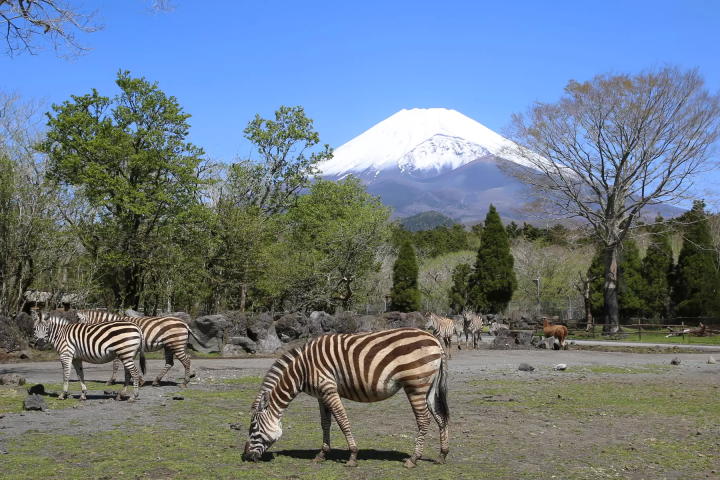Daimyo ("Feudal Lord") - Japanese Encyclopedia

Have you ever heard of a daimyo? They were played an essential role in Japanese history, and in this article, we explain who they were and what they did.
The term daimyō originally referred to people who had power in the provinces, but from the 14th century when the samurai class became more powerful, the word began to designate the samurai who controlled a vast area of land and had many subordinates -"feudal lords" in short.
3 Types of Daimyo in the Edo Period

Tokugawa Ieyasu. Photo by: Rita Willaert
Before the reign of Tokugawa Ieyasu began in 1603, there were samurai called shugo daimyō who were active mainly in Kyoto, and sengoku daimyō who ruled over their own territories in various parts of Japan. But the main type the Japanese think of when speaking of daimyō today is the local feudal lord, a leader who had a force of around 200 people or more, including noncombatants.

Photo by: Esther Moved to Ipernity
The daimyō were divided into three categories: the Tokugawa family were called shinpan daimyō, hereditary vassals of the Tokugawa were called fudai daimyō, and those who had recently become vassals were called tozama daimyō. Shinpan daimyō and fudai daimyō were in charge of important areas, while the tozama daimyō were placed farther away from the capital, Edo (Tokyo).
The "Daimyō Gyōretsu" - A Procession of Samurai

From: Wikimedia Commons
The daimyō were governed by laws called the buke shohatto ("the Laws for the Military Houses"). One of the policies was the sankin-kōtai, meaning "alternate attendance", which required the alternate-year residence of the daimyō in Edo - essentially a year in Edo, then a year at home.
The costs for round-trips and housing in Edo for their many servants put a lot of pressure on the daimyō's finances. The purpose of these trips was to strengthen control over daimyō through the financial burden and the hassle it took to get to Edo, making it much harder for an unhappy daimyō to afford to organize a coup. Some positive things that came out of these alternate years though were the advancement of the transportation industry and better road infrastructure, not to mention the spread of local culture across Japan.
Words Still Used Today
There aren't any daimyō in present-day Japan, but there are still idioms that contain the word "daimyō".
For example daimyō ryokō (daimyō trip) means a very luxurious trip, daimyō gai (daimyō buying) means to purchase a product for the price that the seller asks, and daimyō oroshi is a luxurious way to fillet a fish without cutting into both the stomach and the back, leaving much more flesh on the backbone.
All of these are words used for lavish actions, sounding as rich and dynamic as the lives of the powerful daimyō might have been.
This is the official account of MATCHA's editorial department. Our articles feature useful travel information for visitors to Japan, from how-to guides to recommended places to visit.

































![[2026] Top 5 Strawberry Picking Spots in Tokushima, Naruto| Farms and Access Guide for January to May](https://resources.matcha-jp.com/resize/720x2000/2025/03/06-227165.webp)
![[Yamanashi/ Hokuto City] 4 Hot New Spots Opening in 2026](https://resources.matcha-jp.com/resize/720x2000/2025/12/12-252747.webp)

